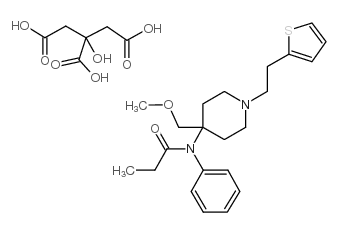| 结构式 | 名称/CAS号 | 全部文献 |
|---|---|---|
 |
柠檬酸舒芬太尼
CAS:60561-17-3 |
|
 |
舒芬太尼
CAS:56030-54-7 |
| 结构式 | 名称/CAS号 | 全部文献 |
|---|---|---|
 |
柠檬酸舒芬太尼
CAS:60561-17-3 |
|
 |
舒芬太尼
CAS:56030-54-7 |